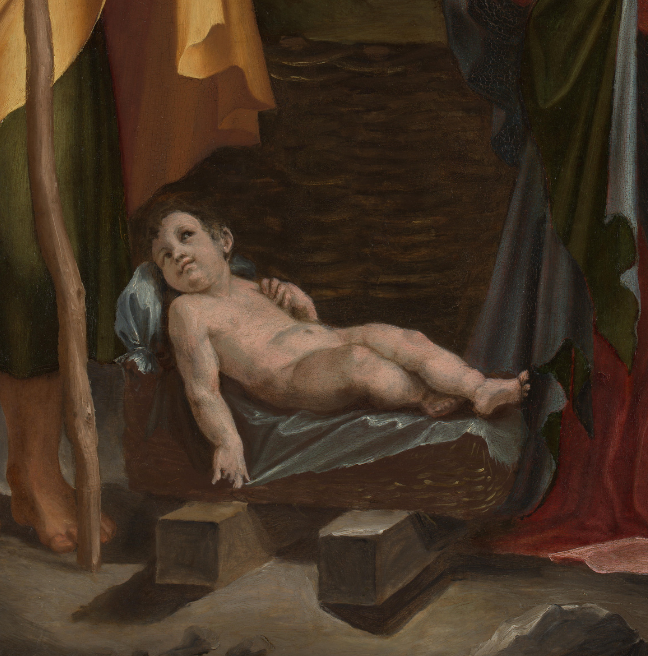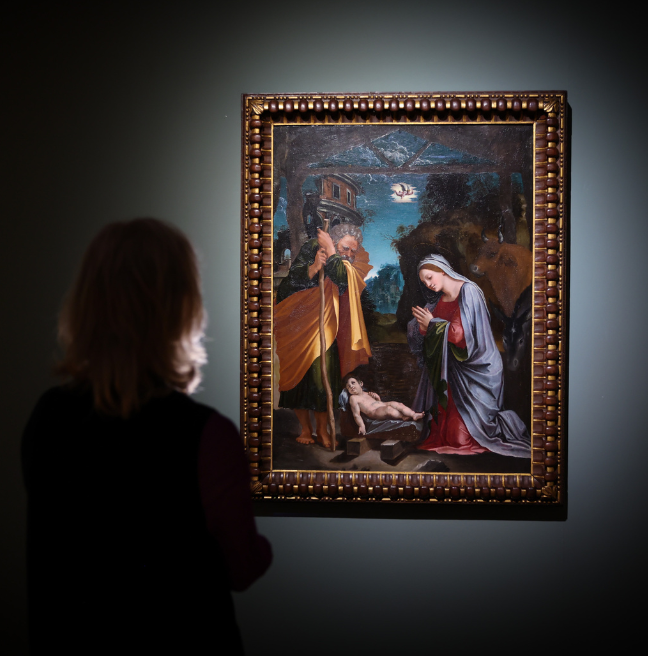
does peruzzi’s st. joseph have a sixth toe?
High Renaissance artists
What seems to be a sixth toe appears in the work of several other High Renaissance artists. It is usually associated with St. Joseph but also appears in figures of the Virgin and St. John the Baptist. Artists during the High Renaissance, and Raphael in particular, would not have made such an obvious mistake.

We have no conclusive explanation of why Joseph's foot appears in this way. It may be the result of foreshortening, whereby a two-dimensional figure is given the appearance of being three-dimensional. It has also been suggested that Peruzzi may have depicted the foot in this way to suggest Joseph's realisation of his heavy, even unnatural responsibilities in caring for Mary and the infant Jesus.1

The representation of what appears to be a sixth toe is particularly associated with depictions of St Joseph, and seems to represent the heavy burden of responsibility that St Joseph assumed in protecting and guarding the infant Christ Child, becoming his earthly father in a sense.
Representation of responsibility
A drawing by Peruzzi in the Metropolitan Museum of Art, New York, of A Crouching Figure of Atlas depicts a similar foot. In classical mythology, Atlas bore the weight of the entire world on his shoulders.

In Peruzzi’s work, this depiction of the foot is not confined to religious subjects, so it may be that it represents a compressing or altering of the human form to illustrate supreme, even unimaginable, weight and responsibility.

This debate will continue. It is particularly interesting for Peruzzi studies as other artists associated with this depiction include Francesco di Giorgio Martini, who was Peruzzi’s teacher, and Perugino, who was Raphael’s teacher.
Conclusion
Senior Curator of Art, Anne Stewart, suggests that, given the similar depiction in Peruzzi’s drawing of Atlas, this detail can be read as representing the heavy responsibility of caring for and protecting the Virgin and the Christ Child which St. Joseph assumed at the Nativity. This would also explain St. Joseph’s pose, leaning heavily on his staff for support, and his dramatically furrowed brow and serious expression.
Explore more
The Gift of Renaissance
The Nativity is the first High Renaissance painting to enter the Ulster Museum collection.
'The Nativity' by Baldassare Peruzzi
This 16th century rare artwork by Peruzzi (1481-1536) is the first High Renaissance painting to enter a public collection in Northern Ireland

